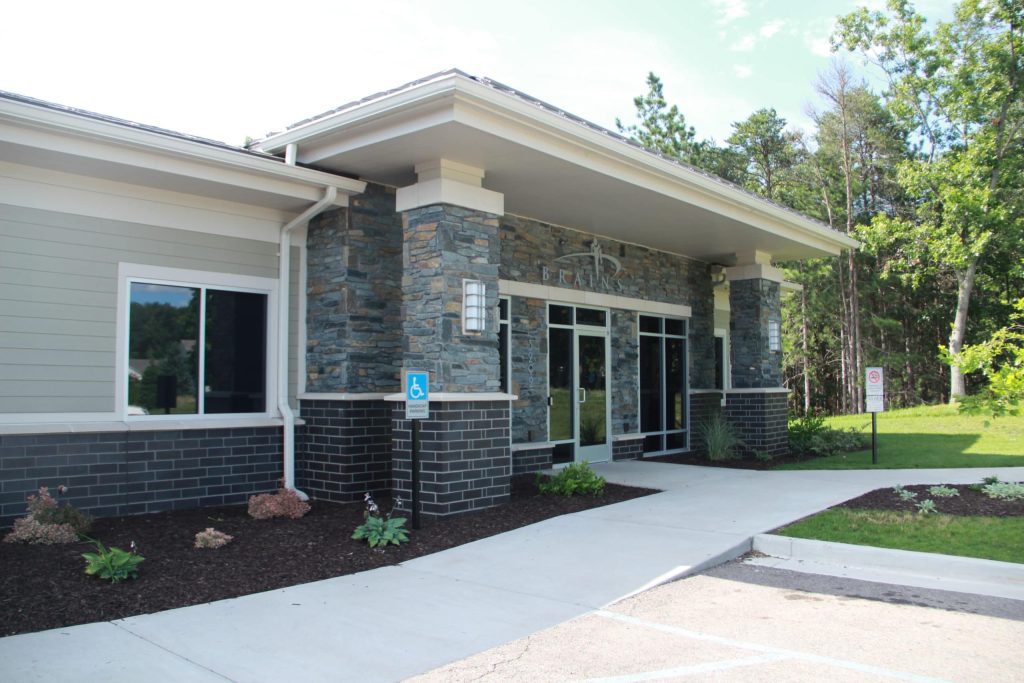BRAINS is pleased to announce the addition of Linda M Rosasco-Groshek to our staff. Linda is a Guild Certified Feldenkrais Practitioner, Awareness Through Movement Instructor and is currently attending the Jeremy Krauss Approach for Special Needs Children and Child development in Germany.
Linda believes that the most important factor of her practice is to have open dialog with her clients. Working together creating the best possible path in the office as well as at home is crucial in changing lives. The Feldenkrais method is used around the globe and gives people a specific awareness of their system so they can navigate through their environments and enhance their lives physically and emotionally. Movement becomes easier, pain is relieved and emotional stress can diminish. With ease of movement and less to no pain, clients feel they can think clearer and move in ways they never thought possible.
Linda works with a large range of people from babies to older adults. Clients enjoy this clam light touch, yet powerful approach. Linda specializes in babies with severe neurological disorders, but also enjoys working with many types of conditions, from depression to difficulty functioning in every day life to severe neurological disorders like Parkinson’s. Other areas of interest include brain damage, paralysis, and chronic pain as with migraines and fibromyalgia (something she dealt with a good portion of her life). She believes the best approach with all clients is to have an individual session first so that they can determine together the best path for the clients unique system. Whether it is classes or individual sessions Linda is confident that clients can live a higher quality of life.
Feldenkrais Method Overview
The Feldenkrais Method® is a remarkable approach to human movement, learning and change originally developed by Moshe Feldenkrais. The method is based on sound principles of physics, neurology and physiology, and the conditions under which the nervous system learns best. Feldenkrais (sometimes called Feldenkrais therapy) is recognized for the strategies it employs to improve posture, flexibility, coordination, athletic and artistic ability and to help those with restricted movement, chronic pain and tension (including back pain and other common ailments), as well as neurological, developmental and psychological problems.
The Feldenkrais Method explores the biological and cultural aspects of movement, posture and learning, and how our habits can constrain us to a small portion of our potential. Through our personal history, upbringing, culture, injuries, illness, etc., we each adopt patterns of physical and psychological behavior. These patterns are deeply embedded in our nervous system, and often become outmoded or dysfunctional, creating unnecessary physical, and psychological limitations. The Feldenkrais Method uses a process of organic learning, movement, and sensing to free you from habitual patterns and allow for new patterns of thinking, moving and feeling to emerge.
Feldenkrais is taught in two complimentary formats:
- Awareness Through Movement®
- Functional Integration®
Functional Integration (FI)
Functional Integration (FI) is a one-to-one approach. Learning, change and improvement are achieved through the use of specific skilled manipulation and passive movements, individualized for the client’s particular needs. Functional Integration is gentle, subtle, effective, and widely recognized for its ability to address both minor aches and pains, and serious muscular-skeletal and neurological problems, chronic tension, and the developmental problems of children.
Awareness Through Movement (ATM)
In these structured movement lessons, students typically begin by lying on comfortable cotton mats (lessons are taught using a variety of positions, including sitting in chairs or standing). Using a combination of guided attention and pleasant, purposeful movement, each lesson guides you through the essential dynamic relationships in a particular pattern of movement and action. Unlike traditional exercise, where movements can become mechanical and the objective is to burn calories, stretch or train willpower for its own sake, Awareness Through Movement teaches you the secrets to reducing unnecessary muscular effort and improve your awareness of your whole self in action. This emphasis on sensory learning results in movement and vitality that are more flexible, pleasurable and free from aches and pains. The lessons are easy to do, of benefit to everyone, and the results can be extraordinary. Awareness Through Movement was developed by Dr. Feldenkrais as a means to re-engage the nervous system in the kind of learning we all do as infants, but later usually abandon. The compositional structure of the lessons creates a conversation of sensing, feeling, resting and moving that engages your whole system in a process of organic learning where old habits can be replaced by new awareness and skill.
Dr. Moshe Feldenkrais (1904-1984)
A short biography
The Feldenkrais Method was developed by Moshe Feldenkrais, D.Sc.,(19041984), who synthesized insights from physics, motor development, biomechanics, psychology, and martial arts to develop a powerful, effective, and practical application, that reconnects learning with human health and function. Dr. Feldenkrais was a distinguished scientist, physicist and engineer. He earned his Doctorate of Science in physics from the Sorbonne and was a close associate of Nobel Prize Laureate Frederic Joliot-Curie at the Curie Institute in Paris, where they conducted research together. He was also a respected Judo instructor and author of many books on the subject. Living in England in the 1940’s, Feldenkrais found himself unable to walk after suffering a serious injury. He began an intense exploration into the relationship between bodily movement, and healing, feeling, thinking, and learning. As a result, he restored his ability to walk and made revolutionary discoveries, culminating in the development of the method that now bears his name.
Before he passed away in 1984, in Tel-Aviv, Israel, Feldenkrais personally trained a small group of practitioners to continue his work. Today there are over 6,000 Feldenkrais Practitioners around the globe. His insights contributed to the development of the new field of somatic education and continue to influence disciplines such as the arts, education, psychology, child development, physical and occupational therapy, sports enhancement, and gerontology.
Method description courtesy of the Feldenkrais Institute of New York
http://www.feldenkraisinstitute.com/about_feldenkrais/overview/?lid=nav_aboutfeld
